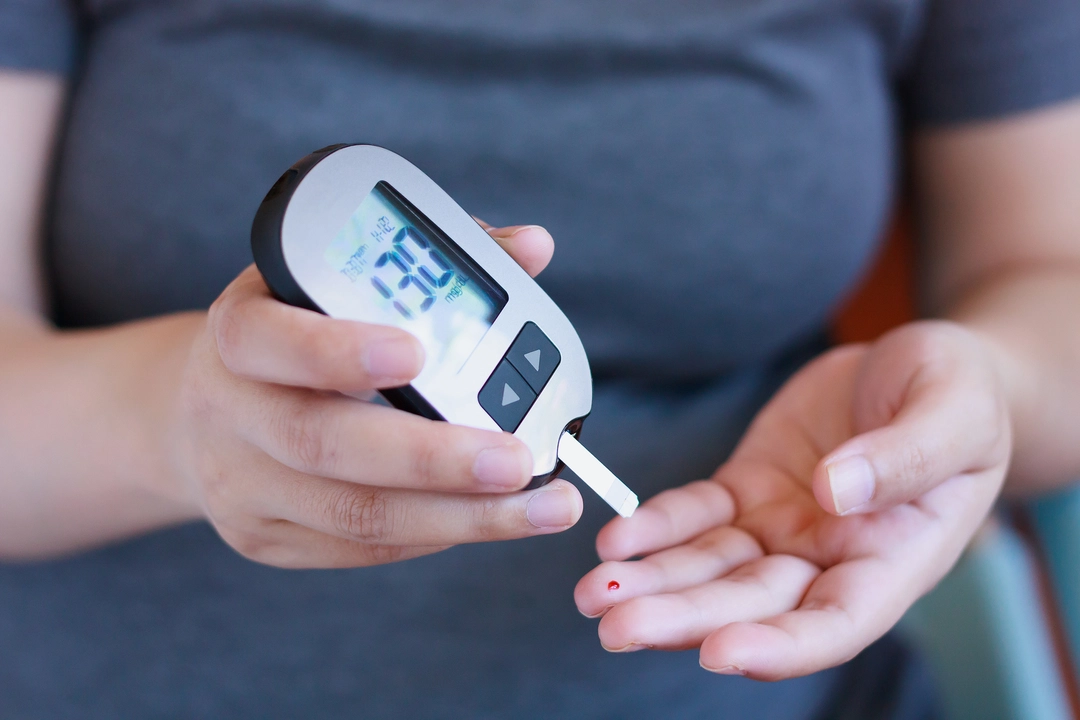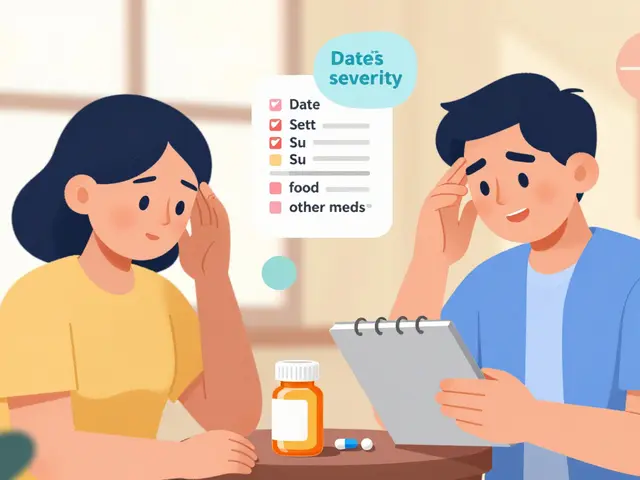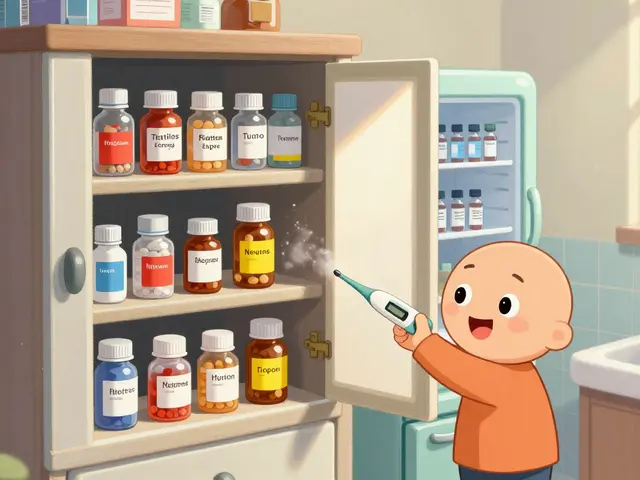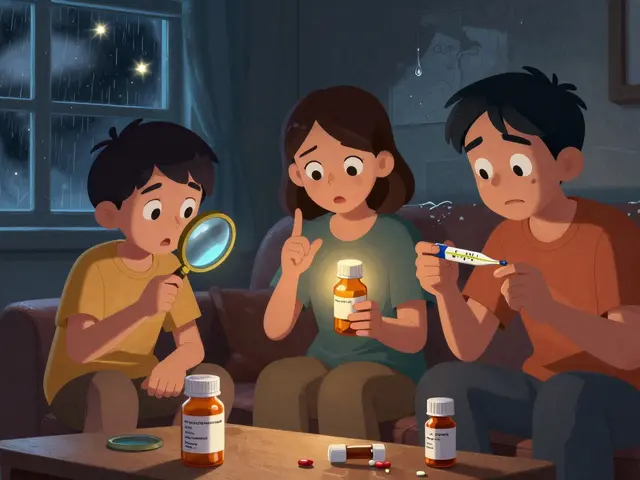Regular testing: what to check and when to protect your health
Missing the right test can turn a safe drug or supplement into a problem. If you’re taking prescription meds, trying new supplements, or ordering pills online, a few simple tests keep things clear — and can catch trouble early. Here’s a straight, practical plan you can use with your doctor.
Basic checks to request
Start with a baseline. Before you begin a new medication or long-term supplement, ask for these basics: a complete blood count (CBC), liver function tests (LFTs), kidney function (creatinine/eGFR), and a basic metabolic panel. Why? Many drugs and supplements affect the liver, kidneys, electrolytes, or blood counts. With a baseline, changes become obvious.
Then match tests to the drug type. For statins like Lipitor: get a baseline LFT and lipid panel, check again at 6–12 weeks after starting or changing dose, then annually if stable. On thyroid meds (Synthroid), recheck TSH 6–8 weeks after dose changes, then every 6–12 months. For diabetes meds and GLP‑1s, monitor HbA1c every 3 months until stable, and watch kidney function if the drug can affect renal handling.
Med-specific and situation-based checks
Taking antipsychotics or switching from risperidone/aripiprazole? Track weight, fasting glucose, and lipids at baseline, at 3 months, and yearly — some drugs raise metabolic risks fast. On ivabradine or other heart-rate drugs? Get an ECG and resting heart rate checked before starting and after dose changes. On fluconazole or prolonged antifungals? Repeat LFTs during treatment.
Using stimulants or wakefulness drugs like modafinil (Modaheal/Provigil)? Check blood pressure and heart rate at baseline and periodically — they can raise BP. If you’re using performance enhancers or anabolic steroids, test testosterone, LH/FSH, estradiol, LFTs, and lipids every 1–3 months depending on dose and cycle length. For herbal supplements with reported liver risk (black seed, some extracts), include LFTs in your follow-up plan.
Buying meds online? Protect yourself. Only use licensed pharmacies, ask for clear photos of packaging and batch numbers, and keep receipts. If a product looks off (odd color, different imprint), stop taking it and consider having a sample tested by a legitimate lab or report it to your healthcare provider or local regulator.
Red flags that need immediate testing: new jaundice, dark urine, unusual bleeding, fainting, chest pain, severe mood changes, or sudden shortness of breath. Those symptoms often mean stop the drug and get urgent labs or ECG.
Keep records. Save test results, medication lists, and dates you started or stopped products. Share this with every clinician you see — it helps avoid drug interactions and repeats of unnecessary tests.
Want a quick checklist to print? Baseline labs (CBC, LFT, creatinine), targeted tests by drug (TSH, HbA1c, ECG, lipids, hormone panel), follow-up schedule with dates, and a note to report specific symptoms immediately. Regular testing isn’t about more paperwork — it’s about staying safe and getting the benefits your meds are supposed to give you.
The Importance of Regular Blood Sugar Monitoring for Diabetics
As a diabetic, I cannot stress enough the importance of regular blood sugar monitoring. Keeping a close eye on our blood sugar levels helps us maintain better control over our diabetes, which in turn prevents complications and improves overall health. By monitoring regularly, we can make informed decisions about our diet, exercise, and medication, ensuring that we are effectively managing our condition. Additionally, it allows us to quickly identify any sudden changes or trends and take appropriate action. In short, regular blood sugar monitoring is a crucial aspect of managing diabetes and living a healthy life.
Read More





